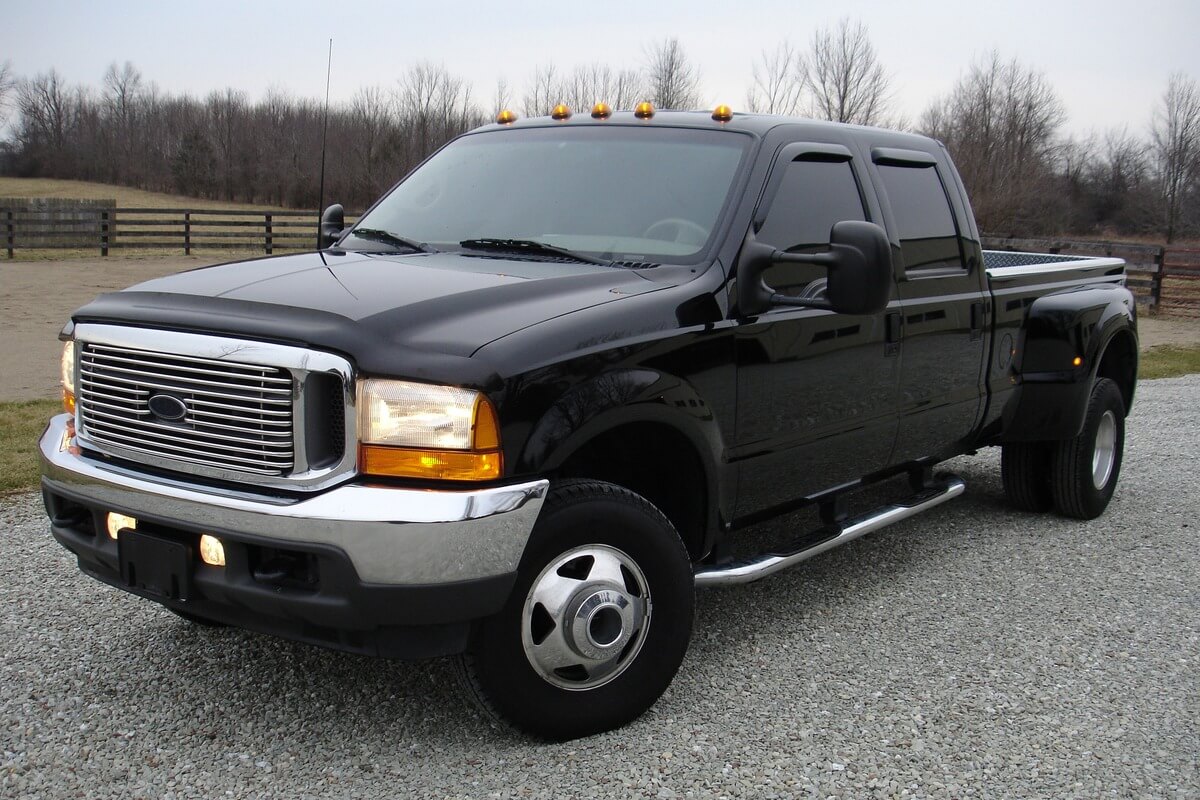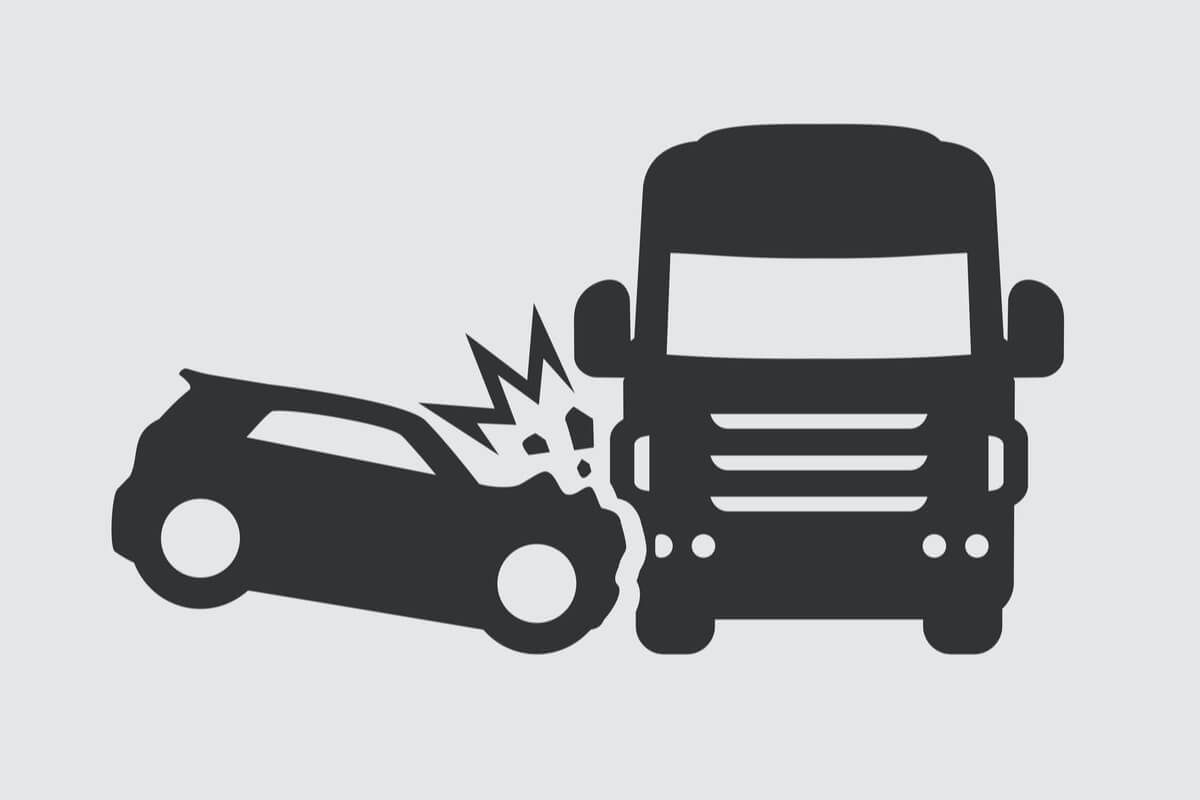
An essential regulation from the Federal Motor Carrier Safety Administration (FMCSA) is a truck driver’s hours of service. The government has issued specific rules regarding the maximum time a truck driver can drive to prevent large truck accidents.
The regulations also impose various means of tracking and verifying the hours of service. If a truck driver causes an accident, the first piece of evidence to be examined is the records for hours of service.
Who Must Comply with Hours-of-Service Regulations?
FMCSA’s Hours of Service regulations provide strict rules for on-duty commercial motor vehicles. Generally, commercial trucks, school buses, and city buses are subject to hours of service regulations. However, any motor vehicle that meets one or more of the following descriptions is subject to hours-of-service rules:
- A vehicle that weighs 10,001 pounds or more
- A motor vehicle that is transporting dangerous materials in large quantities
- A vehicle that has a gross combination weight rating of 10,001 pounds or more
- A motor vehicle that is designed to carry 16 people or more without compensation
- A vehicle designed or used to carry 9 or more passengers for compensation
The hours-of-service regulations are different depending on the circumstances of the driver’s cargo, distance of trip, and if the truck is outfitted with a sleeper berth.
What Rules Regulate a Truck Driver’s Hours of Service?
FMCSA first adopted rules to govern a commercial truck driver’s operating hours in 1937. As the trucking industry has changed, the trucking regulations have become more complex, involving trucks that are carrying people or cargo:
- Large motor vehicles that transport passengers:
- 10-hour driving limit: A driver can operate the transport vehicle up to 10 hours after having 8 days off duty consecutively.
- 15-hour driving limit: Driving after a 15-hour shift is prohibited following 8 consecutive hours off duty.
- 60/70-hour limit: Driving 60 to 70 hours on duty is prohibited in 7 or 8 consecutive days.
- Sleeper berth provision: If the vehicle has a sleeper berth, a driver is required to use it for 8 hours. The use of the sleeper berth may be split into two periods as long as each period is at least 2 hours, and the total time adds up to at least 10 hours.
- Adverse driving conditions: Drivers may extend the 10-hour and 15-hour operating time by up to 2 hours for qualifying adverse driving conditions.
- Short-haul exception: A driver may qualify for the short-haul exception following:
- The driver is operating within a distance of 150 air-miles
- The driver does not exceed 14 hours of operating time
- The driver reports and returns to the normal work location within 14 consecutive hours
- Large motor vehicles that transport property:
- 11-hour driving limit: A driver can operate the transport vehicle up to 11 hours after consecutively taking 10 days off duty.
- 14-hour driving limit: Drivers are prohibited from operating their vehicle for more than 14 hours after having 10 consecutive hours off duty.
- 30-minute driving break: A 30-minute break must be taken every 8 on-duty hours.
- 60/70-hour limit: Driving 60 to 70 hours on duty is prohibited in 7 or 8 consecutive days. However, a driver can restart the 60/70 rule after taking 34 or more consecutive hours off duty
- Sleeper berth provision: If the vehicle has a sleeper berth, the 10-hour off-duty period may be split into two. Both periods must total 10 hours, and each must be at least 2 hours.
- Adverse driving conditions: For qualifying adverse driving conditions, drivers may extend the 11-hour and 14-hour operating time by up to 2 hours.
- Short-haul exception: A driver may qualify for the short-haul exception if:
- The driver is operating within a distance of 150 air-miles
- The driver does not exceed 14 hours of operating time
- The driver reports and returns to the normal work location within 14 consecutive hours
Truck drivers are permitted flexibility in which rules they follow. Drivers are still required to keep accurate logs. Some commercial trucks are equipped with electronic devices to track the vehicle’s operation time, location, and more. In some commercial trucks, the device is referred to as the black box.
Why Do Truck Drivers Need Their Driving Hours Regulated?
The transportation industry has always had operation regulations. When trucks took the place of trains as a more dominant method of transporting goods in the 1930s, FMCSA introduced rules for on-duty and off-duty hours.
The rules were introduced to combat driver fatigue. As more information has been learned about the dangers of fatigued driving throughout the decades, the hours-of-service regulations have steadily changed.
How Many Large Truck Accidents Are Due to Driver Fatigue?
Truck drivers are notorious for making long trips to transport passengers and goods. Since the early 1900s, truck driver fatigue has been linked to severe and traumatic accidents. In recent decades, drowsy driving has been studied in depth.
According to the Commercial Motor Vehicle Driver Fatigue, Long-Term Health, and Highway Safety: Research Needs:
- Large truck accidents were responsible for 3,921 traffic fatalities and 104,000 injuries
- 31% of those deaths resulted from truck driver fatigue
Researchers believe the number is much higher, and more research is needed to adjust the current hours of service regulations.
How Are Truck Drivers’ Hours of Service Verified?
The FMCSA requires all commercial truck drivers to keep accurate logs. The logs must contain the following information:
- Name of carrier or owner
- Carrier’s main office address
- Licensing and registration information
- The location and changes of duty status
- All dates of duty
- Total miles driven for each day
- Starting time for a 24-hour period
- Total hours on-duty
- Total hours off-duty
- Shipper and shipment documentation
- Graph grid
- Driver’s signature
However, verifying a truck drivers’ hours of service is challenging. In many cases, verification involves multiple sources of data, including:
- Electronic data logs
- GPS data
- Vehicle maintenance records
- Timestamped bills of lading
- Receipts
- Inspection records
- Cell phone records
Most data sources are only available for a short window of time until they are reset.
How to Know if a Truck Accident is Caused by a Driver’s Hours of Service Violation
In the last reporting year, there were more than 127,000 traffic accidents involving large commercial vehicles. After an accident, law enforcement and the truck carrier will investigate the circumstances of the crash and collect evidence.
Understanding the intricacies of truck accidents is essential, especially when determining driver liability. Various factors, from the dangers of overloaded semi-trucks to other common causes, can be found in the comprehensive truck accidents category. It’s crucial to be well-informed and seek legal advice promptly. Familiarizing oneself with the different practices can also be beneficial in such situations.
Unfortunately, valuable data can be lost easily. The trucking company may repair the vehicle and send it back on the road, effectively erasing all data from the previous trip. If representation from a truck accident attorney is obtained soon after the collision, valuable evidence can be preserved and used to recreate the events. Alvendia, Kelly & Demarest Law Firm can discuss the details of your case and help determine the cause of your accident.
Categories
- Bicycle Accidents
- Car Accident
- Case results
- Class Action
- Community Aid
- COVID-19
- Fun
- General
- Hard Rock Lawsuits
- Holiday
- Insurance Claims
- Legal Advice
- Mardi Gras Accident Attorney
- Mass Tort
- Medical
- Motorcycle Accident
- Personal Injury
- Practices
- Premise Liability
- Recent News
- Safety
- Truck Accidents
- Uncategorized
- Weather
- Work-Related Accident

In 2003, after being dissatisfied with the quality of legal care for victims of car accidents, Roderick ‘Rico’ Alvendia sought to establish a new firm focused on providing high-quality legal services to aid injured victims and their families. J. Bart Kelly, sharing Rico’s passion for upholding justice, joined the firm later that year, and established a partnership.






